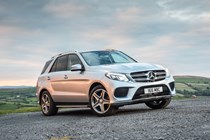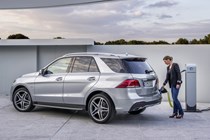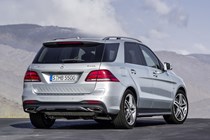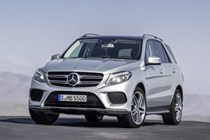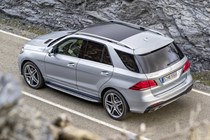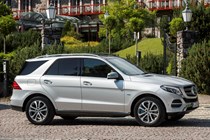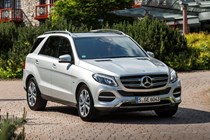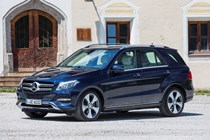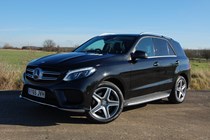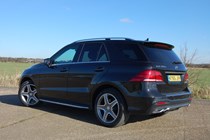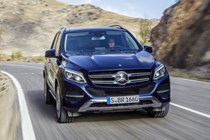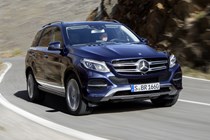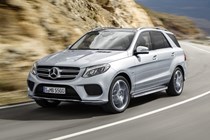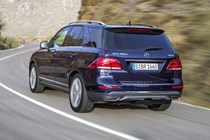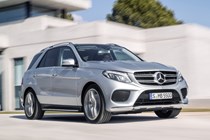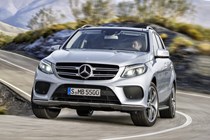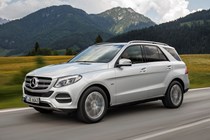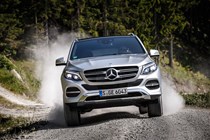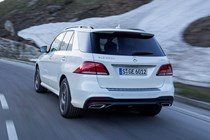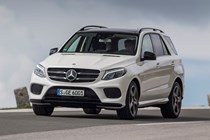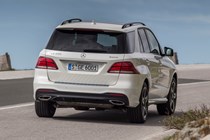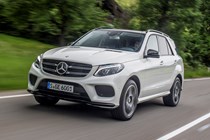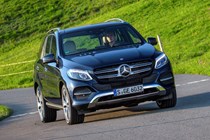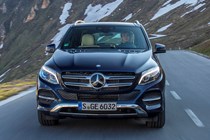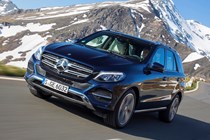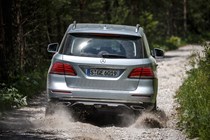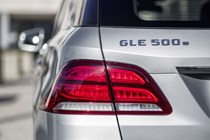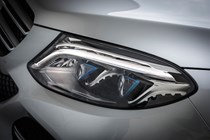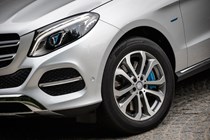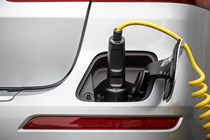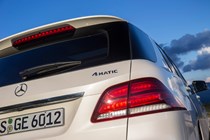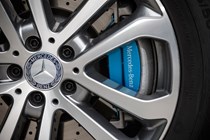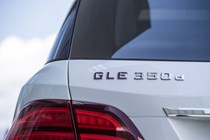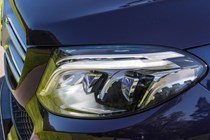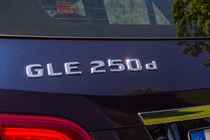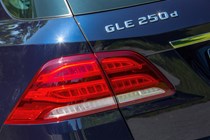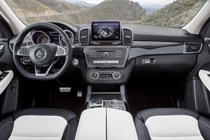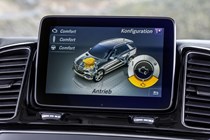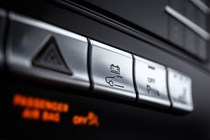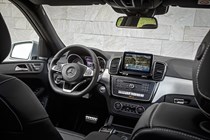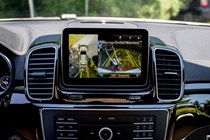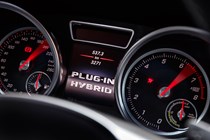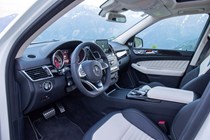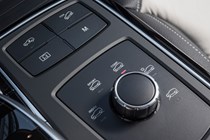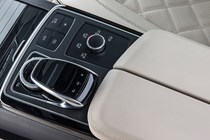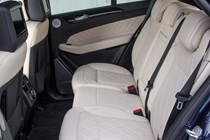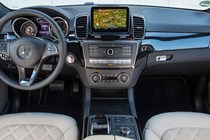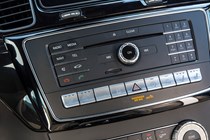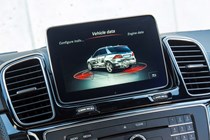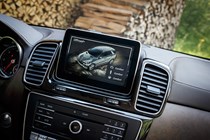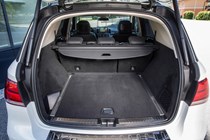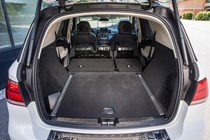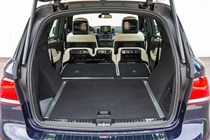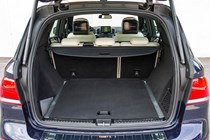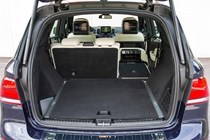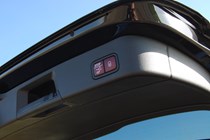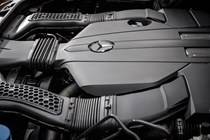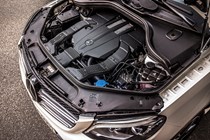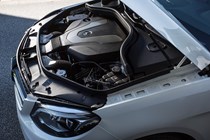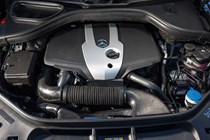
Mercedes-Benz GLE-Class 4x4 (2015-2019) engines, drive and performance
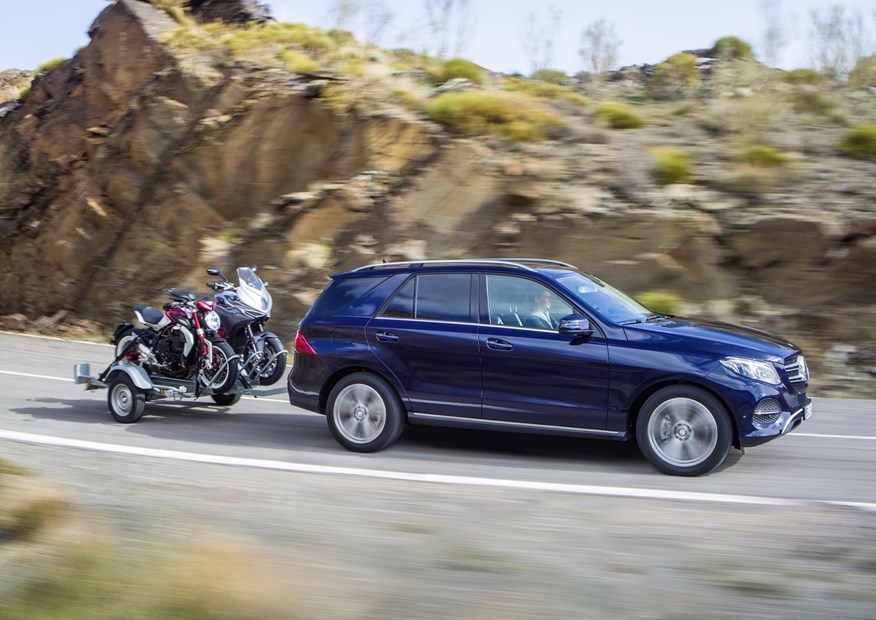
- Good selection of engines available
- Petrol, diesel and petrol/electric plug-in hybrid
- Three high-performance AMG models
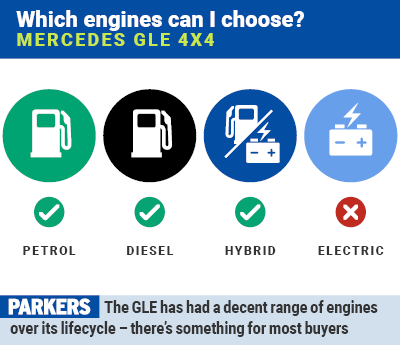
There have been a number of engine options available to buyers over the time the GLE has been on sale. There’s a pair of diesels – 250 d and 350 d – plus a plug-in hybrid petrol and three AMG models called 43, 63 and 63 S.
All use automatic gearboxes – a nine-speed for diesels and a seven-speed for the hybrid – and all come with 4Matic all-wheel drive in the UK market.
Diesel Mercedes-Benz GLE
At the bottom rung of the ladder there’s a 2.1-litre, four-cylinder diesel engine. Dubbed the GLE 250 d, this is our pick of the range since it blends acceptable running costs for a car of this size with the lowest list price, yet still drives well.
It makes 204hp and maximum torque of 500Nm available between 1,600 and 1,800rpm. That’s enough for a 0-62mph sprint in 8.6 seconds and a top speed of 130mph.
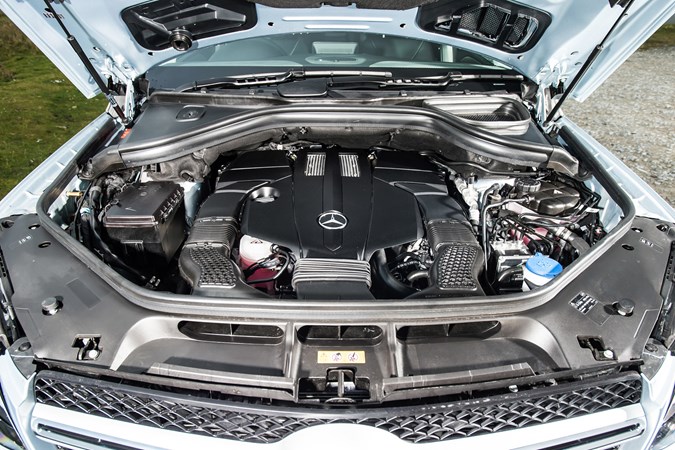
On the road this engine works admirably. It’s a little clattery – as many four-cylinder diesels are – but actually seems to work best with the nine-speed automatic gearbox of all the combinations we tried. There’s enough torque to propel you along nicely, and overtaking slower traffic on a country lane won’t cause too much of a problem either.
Next up is the GLE 350 d, which we found smoother than the 250 as well as faster. That’s not going to be enough to justify its extra cost for many buyers, though. This model has 260hp and 620Nm over a far broader range of 1,600-2,400rpm, so it stands to reason it should work slightly better on the road.
Plug-in hybrid Mercedes-Benz GLE 500 e 4Matic
This interesting car mixes high performance with low running costs, because it features an motor as well as a 3.0-litre, V6 petrol engine.
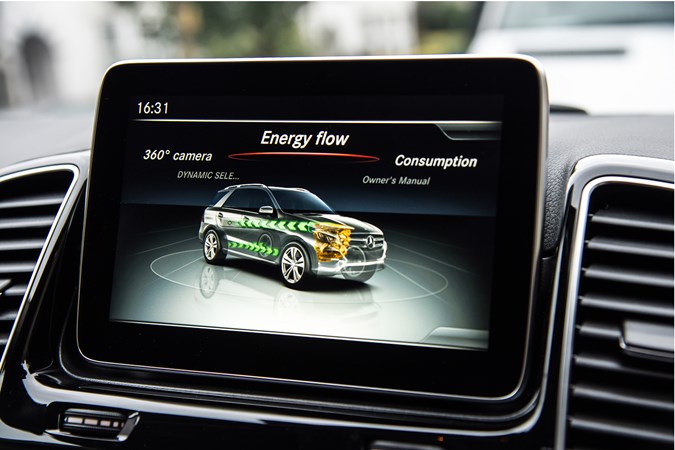
Its engine makes 332hp and 480Nm of toque, while the electric motor (integrated into a seven-speed automatic gearbox) generates a further 118hp and 340Nm, meaning you can have a total output of 440hp and 650Nm on offer if both work together. It’s in this configuration you’ll be able to cover 0-62mph in just 5.3 seconds.
It can be plugged into the mains to charge the battery too, which allows it to run on electric power exclusively for up to 18.5 miles.
During our test drive we found that range to be entirely realistic, thanks in no small part to the four drive modes you can select to alter the way the petrol engine and electric system interact. You change these via the selector switch on the centre console.
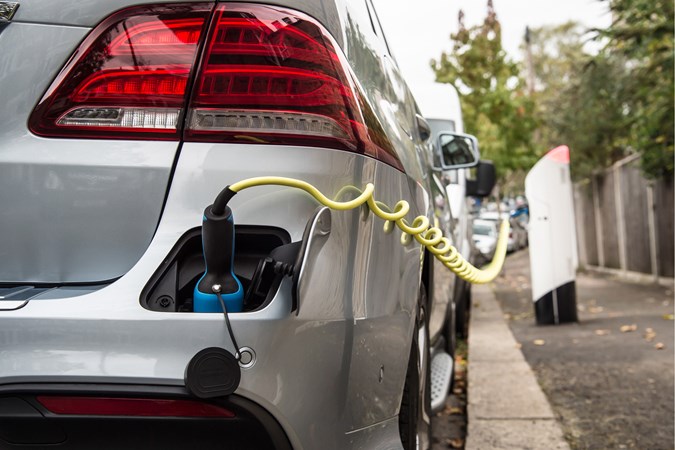
In Hybrid mode the system decides entirely on its own which of the two propulsion methods best suits the conditions. Switching to E-Mode locks out the V6 engine until the batteries are discharged, while E-Save preserves electrical power until you want it – for instance in a city centre after a long motorway drive. Charge mode does exactly what it says: it charges the batteries when driving or when the vehicle is standing still.
Cleverly, the car can also manage its application of both systems to take into account the route you’re driving on, discharging while climbing an incline and charging while going downhill, or saving electrical power for an urban area where quieter, zero-emission motoring is more attractive.
Our only criticism of this system is that the petrol engine is gruff – you really notice when it kicks in.
Mercedes-AMG GLE 43, 63 and 63 S performance
As high-performance models, the AMG GLE models all use petrol engines. We’ve yet to drive any of them at time of publication, but they boast the following performance figures:
- Mercedes-AMG GLE 43 4Matic – 3.0-litre V6 twin-turbo, 390hp, 520Nm of torque, 0-62mph in 5.7 secs
- Mercedes-AMG GLE 63 4Matic – 5.5-litre V8 twin-turbo, 557hp, 700Nm of torque, 0-62mph in 4.3 secs
- Mercedes-AMG GLE 63 S 4Matic – 5.5-litre V8 twin-turbo, 585hp, 760Nm of torque, 0-62mph in 4.2 secs
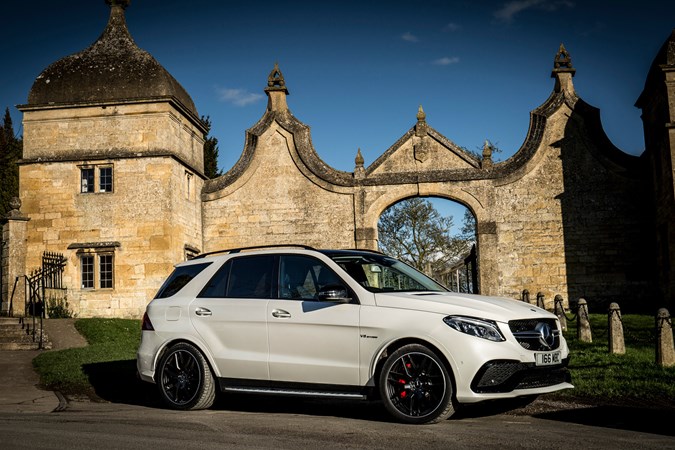
- Loads of bodyroll on air suspension
- Highly capable off-road
- AMG models get more chassis settings
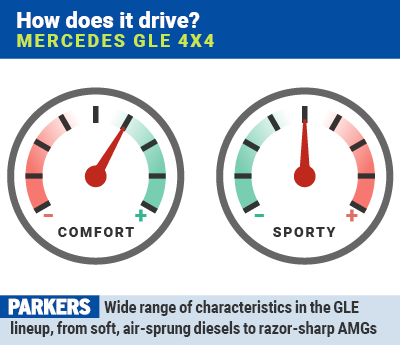
There’s a huge amount of technology installed in the GLE to make it better to drive around corners. Every version gets Mercedes’ 4Matic all-wheel drive system, which means there are astonishing levels of traction available.
You also get a number of nattily named systems such as Curve Dynamic Assist, Crosswind Assist, Collision Prevention Assist and ESP. These all use electronics to keep you pointing in the right direction.
Mercedes-Benz GLE on the road
In the main this is a good car to drive through corners, though its body does tend to move around a bit if you barrel in too fast, so it’s best to keep the speed down.
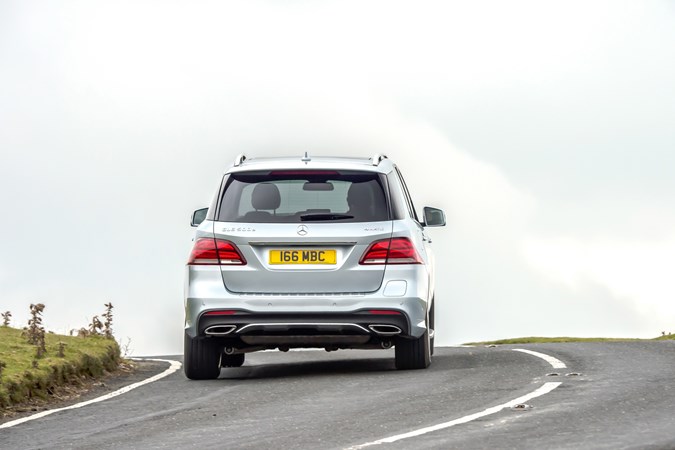
The steering is on the light side, but feels accurate and responsive. That’s with all the safety kit switched off, though – leave them on and to say it takes a bit of getting used to is an understatement. It’s an unusual feeling having the ‘wheel tug left and right when you’re not expecting to, and we suspect some will find this disconcerting if they’re not expecting it.
Mercedes GLE off-road
One area the electronics help massively is when the going gets tough. In fact, we carried out some extremely challenging off-road driving in the GLE, and came away impressed with its performance. As ever, though, quite how proficient it is depends on how much you’ve spent.
Paying for Sport specification doesn’t get you much in the way of help in this regard. In fact, the car sits on steel suspension that has been lowered. You do get Drive Select; which allows you to choose between Sport, Comfort, Slippery, Off-road, or customizable Individual settings for the steering, gearbox and throttle response.
Moving to AMG Line is where things start to get interesting. This nets you the Airmatic air suspension system which is crucial to tackling more difficult terrain, since it allows you to adjust the vehicle’s height at the touch of a button.
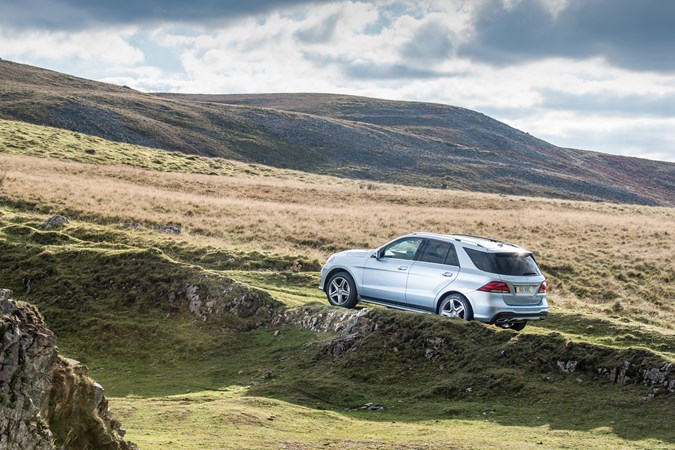
Those after the ultimate in 4x4 capability will want to tick the box on the optional extras list labelled ‘Off-Road Package’. This will secure you a huge range of systems and parts to transform the car into a go-anywhere machine. There’s a centre differential capable of 100 percent locking for ultimate traction, extra protection under the car, a low-range gearbox, manual mode for the gearbox, three selectable ride heights and special programmes for the electronic braking and stability control systems. You get the ‘Off-Road+’ mode for the Drive Select too, which is aimed specifically at the most extreme driving conditions.
That little lot enables impressive things from the GLE. It is capable of scaling incredibly steep hills, driving at angles it doesn’t feel possible to, and wading through water up to 600mm deep. There’s always enough traction to get you out of a situation that would scupper most cars.
While it’s difficult to directly compare the GLE to some of Land Rover’s products in this regard, we suspect its capabilities are approaching the famed British company’s Range Rover Sport. That’s quite an achievement.
Mercedes-AMG GLE 43, 63 and 63 S handling
At the sportier end of the GLE line-up, the AMG models all get Airmatic air suspension along with the Curve Dynamic Assist function as outlined above. However, the configuration is changed to include the lowering of the ride height in the sportier drive modes. This helps to keep the car level and stable when cornering quickly.
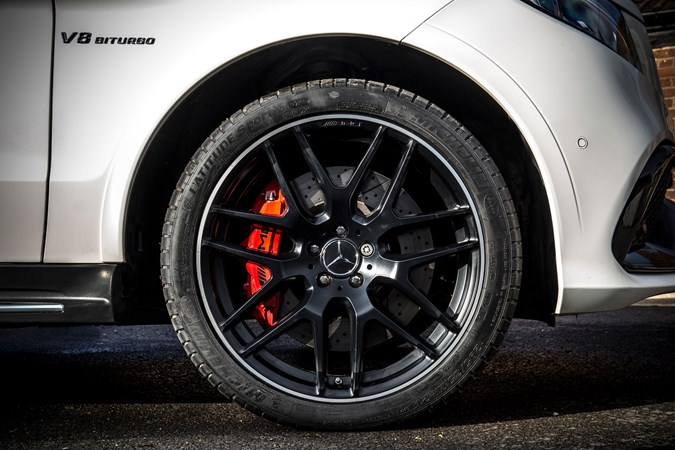
The Mercedes-AMG GLE 63 and 63 S get high-performance brakes and larger alloy wheels too.
Towing with the Mercedes-Benz GLE-Class
The amount the Mercedes GLE can tow depends heavily on the engine you pick. For example, if you go for the 500 e plug-in hybrid, the maximum braked towing weight is 2,000kg. That rises to 2,950kg for the 250 d; 3,050 for the 63 S and for the 350 d and AMG 43, it’s the UK’s maximum of 3,500kg.


